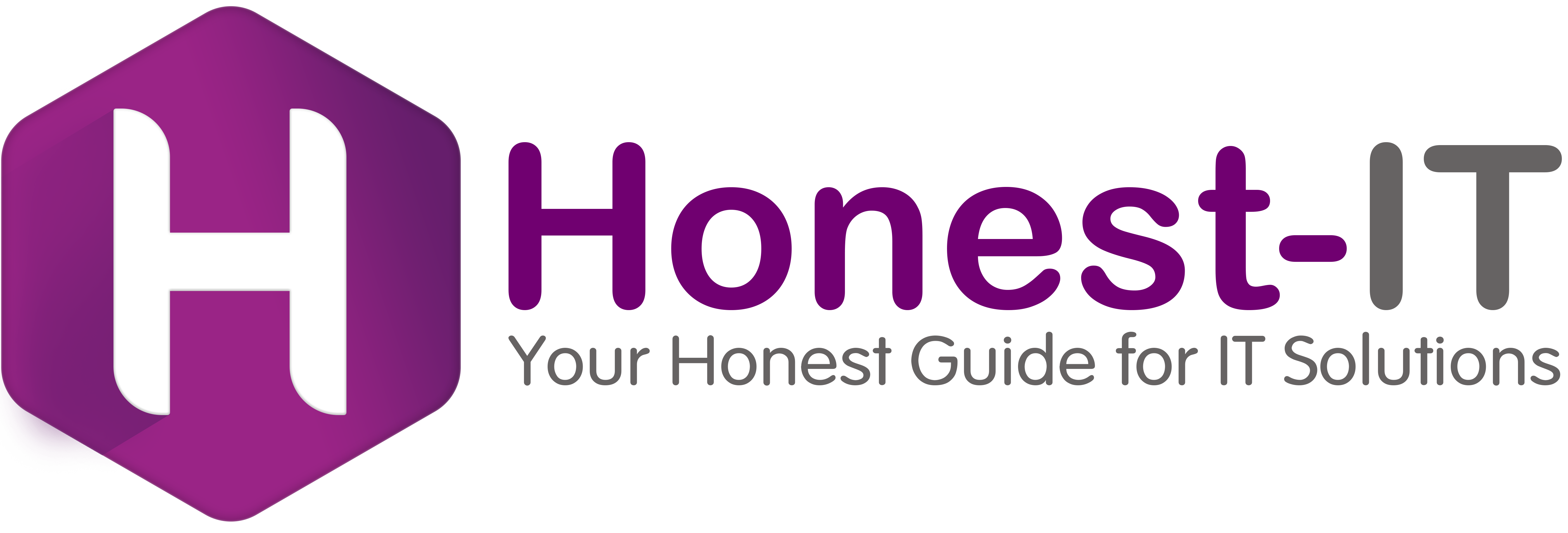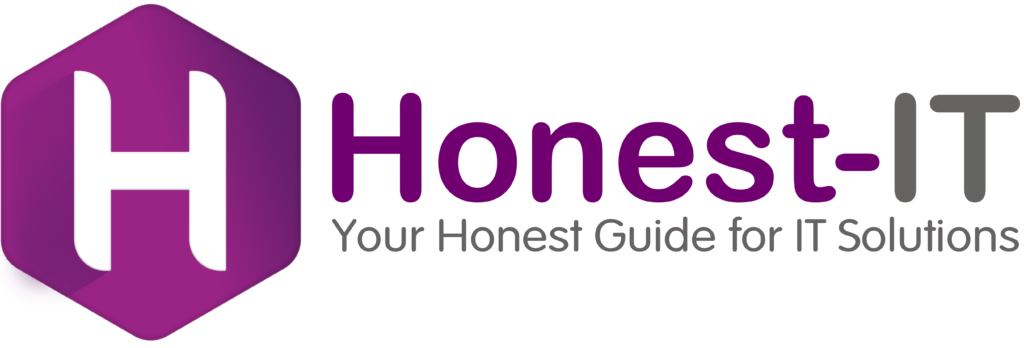In the fast-paced and competitive business world, the drive towards operational excellence and efficiency is incessant. Automated labeling emerges as a pivotal player, optimizing workflows, enhancing accuracy, and introducing a level of precision and consistency that manually driven environments often struggle to achieve.
I. Navigating the Ecosystem of Automated Labeling
Beginning with the basics, explore the nuanced world of automated labeling, a sphere where technology and operational workflow converge to introduce efficiency, consistency, and scalability in the labeling processes across various industry verticals.
II. The Strategic Impact on Supply Chain Management
Dive into the profound impact of automated labeling on supply chain management, illustrating how, through accurate, consistent, and swift labeling, businesses can enhance traceability, mitigate errors, and optimize inventory management.
Example: Streamlining Logistics
An insight into how a logistics company leveraged automated labeling to streamline its processes, ensuring that packages were not just accurately labeled but also traceable in real-time throughout the logistical journey.
III. The Role in Ensuring Regulatory Compliance
Explore the integral role of automated labeling in ensuring regulatory compliance, particularly in industries like pharmaceuticals and food & beverage, where precise labeling is not just an operational need but a regulatory mandate.
IV. Automated Labeling as a Catalyst for Productivity
Delving into operational productivity, discuss how automated labeling, by minimizing manual interventions, reducing error margins, and enhancing speed, propels operational productivity, ensuring that businesses can operate at optimal capacity.
V. Tailoring Automated Labeling Solutions to Unique Business Needs
Highlight the versatility of automated labeling solutions, elucidating how businesses can tailor these systems to cater to their unique operational needs, volume capacities, and industry-specific requirements, thereby crafting a solution that is inherently aligned with their operational blueprint.
VI. Navigating through Challenges in Implementing Automated Labeling
While automated labeling comes with a plethora of advantages, it’s imperative to explore and navigate through potential challenges, such as system integration, employee training, and technology investments, ensuring that the transition towards automation is smooth and strategically sound.
Conclusion
Automated labeling, while inherently technical in its application, transcends beyond mere operational enhancement, impacting realms such as regulatory compliance, supply chain management, and overall business efficiency. As businesses evolve and the drive towards optimization intensifies, automated labeling stands out as not merely a technological investment but a strategic one, ensuring that businesses are poised to operate with heightened accuracy, consistency, and efficiency.





